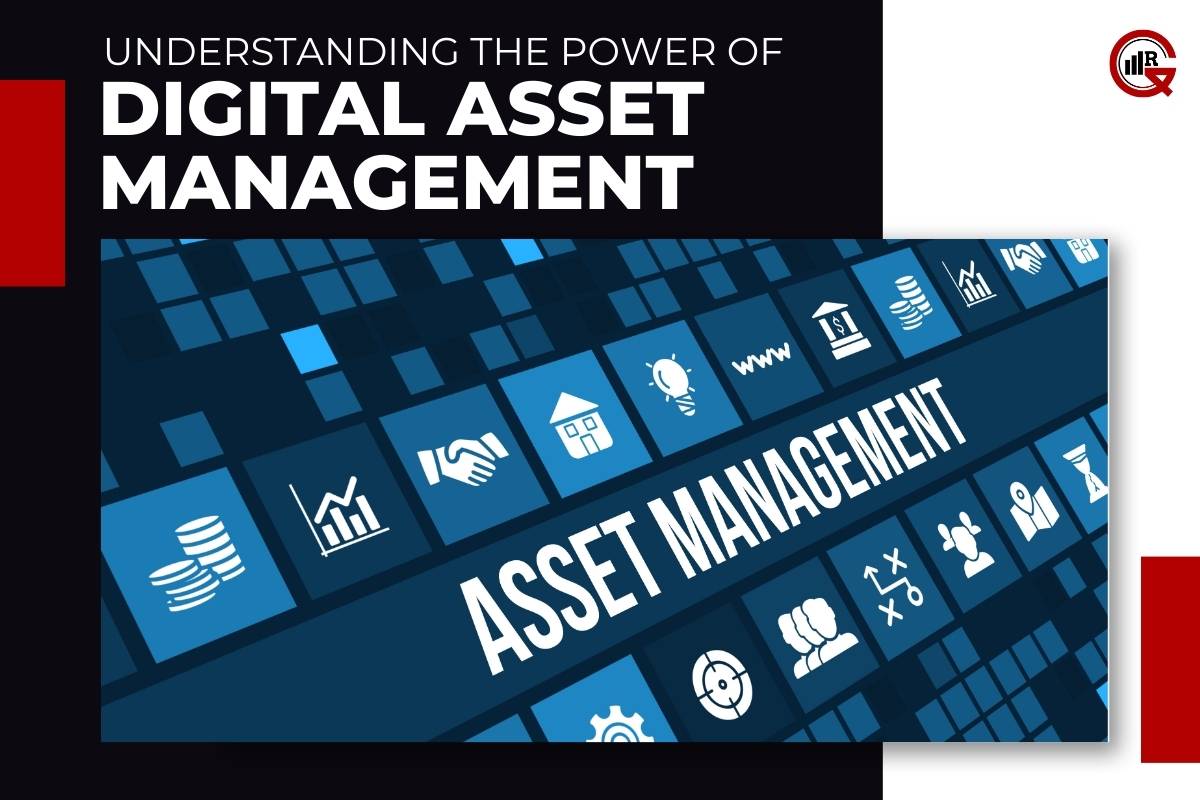In today’s digital age, the volume and complexity of digital assets have grown exponentially, posing significant challenges for organizations seeking to effectively manage, organize, and distribute their content. Digital Asset Management (DAM) solutions offer a comprehensive approach to addressing these challenges, providing a centralized platform for storing, cataloging, and accessing digital assets with ease and efficiency. In this article, we explore the key concepts, benefits, and best practices of digital asset management, and how it empowers organizations to unlock the full potential of their content.
Digital assets encompass a wide range of content types, including images, videos, documents, audio files, presentations, and more. These assets are valuable resources that organizations use to communicate with their audiences, promote their brand, and drive engagement. However, without proper management and organization, digital assets can become difficult to locate, share, and repurpose, leading to inefficiencies and missed opportunities.
(DAM) refers to the process of organizing, storing, and distributing digital assets in a centralized repository, often referred to as a DAM system or platform. DAM solutions provide a unified workspace where users can upload, categorize, search for, and retrieve digital assets quickly and easily. By centralizing access to digital assets, DAM helps streamline workflows, enhance collaboration, and ensure consistency and brand compliance across all channels and touchpoints.
Benefits of Digital Asset Management:

Implementing a digital asset management solution offers numerous benefits for organizations of all sizes and industries. Some of the key advantages include:
Improved Organization and Accessibility: DAM systems enable organizations to organize their digital assets logically and hierarchically, making it easy for users to find and retrieve assets whenever they are needed. Advanced search capabilities, metadata tagging, and taxonomy structures further enhance asset discoverability and accessibility.
Enhanced Collaboration and Workflow Efficiency: By providing a centralized platform for storing and sharing digital assets, DAM facilitates collaboration among team members, departments, and external stakeholders. Users can collaborate on projects, review and approve assets, and track changes in real time, streamlining workflows and accelerating time-to-market.
Consistent Branding and Compliance: DAM solutions help ensure consistency and compliance with brand guidelines by providing a single source of truth for approved assets and brand assets. By storing logos, fonts, colors, and other brand assets in a DAM system, organizations can easily enforce brand standards and maintain brand integrity across all channels and campaigns.
Cost Savings and Time Efficiency: By streamlining asset management processes, reducing duplication, and minimizing the risk of errors and inconsistencies, DAM solutions help organizations save time and resources. Automated workflows, version control, and asset usage tracking further optimize efficiency and reduce operational costs.
Scalability and Flexibility: DAM solutions are highly scalable and adaptable, allowing organizations to accommodate growing volumes of content and evolving business needs. Whether managing thousands or millions of assets, DAM systems can scale to meet the demands of any size organization and support diverse content types and formats.
Best Practices for Digital Asset Management:

To maximize the benefits of digital asset management, organizations should adhere to best practices and guidelines for implementing and maintaining DAM systems. Some key best practices include:
Define Clear Objectives and Requirements: Before selecting a DAM solution, organizations should define their specific objectives, requirements, and use cases. Conducting a thorough needs assessment and involving key stakeholders in the decision-making process will ensure that the chosen DAM system aligns with the organization’s goals and workflows.
Establish Governance and Policies: Establish clear governance policies and guidelines for managing digital assets, including metadata standards, naming conventions, access controls, and security protocols. Define roles and responsibilities for DAM administrators, users, and content creators to ensure accountability and compliance.
Develop a Taxonomy and Metadata Strategy: Create a standardized taxonomy and metadata strategy to categorize and tag digital assets consistently. Metadata should include descriptive information such as asset type, keywords, usage rights, and expiration dates, making it easier to search for and retrieve assets.
Implement User Training and Support: Provide comprehensive training and support to users to ensure they understand how to use the DAM system effectively. Offer training sessions, user manuals, and online resources, and provide ongoing support to address any questions or issues that arise.

Regularly Evaluate and Optimize: Continuously monitor and evaluate the performance and effectiveness of the DAM system, soliciting feedback from users and stakeholders. Identify areas for improvement and optimization, such as streamlining workflows, updating metadata schemas, or integrating with other systems and tools.
Conclusion:
Digital asset management plays a critical role in helping organizations manage the growing volume and complexity of digital content effectively. By centralizing access to digital assets, streamlining workflows, and ensuring consistency and compliance with brand guidelines, DAM solutions empower organizations to unlock the full potential of their content and drive business success. By adhering to best practices and leveraging the latest technologies and innovations in digital asset management, organizations can stay ahead of the curve and capitalize on the opportunities presented by the digital landscape.






